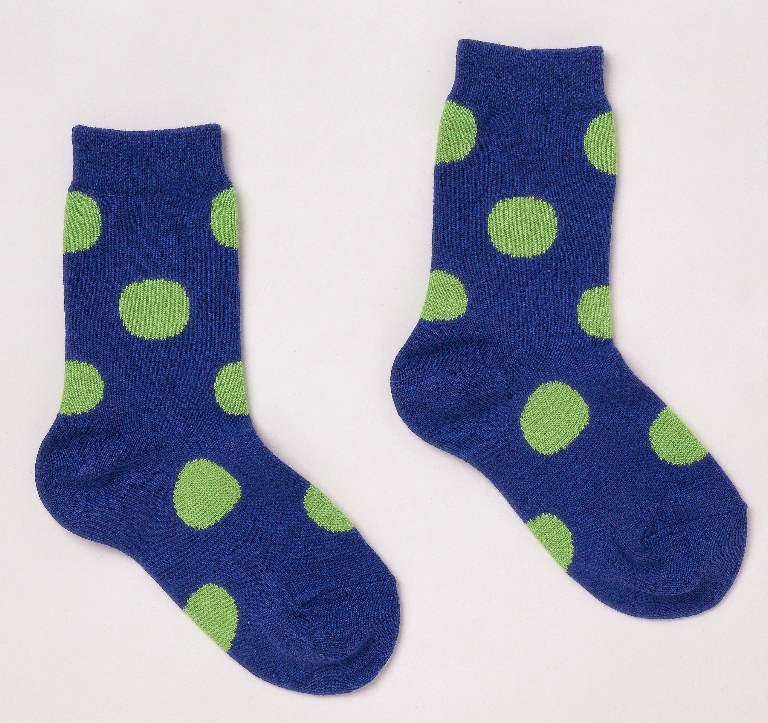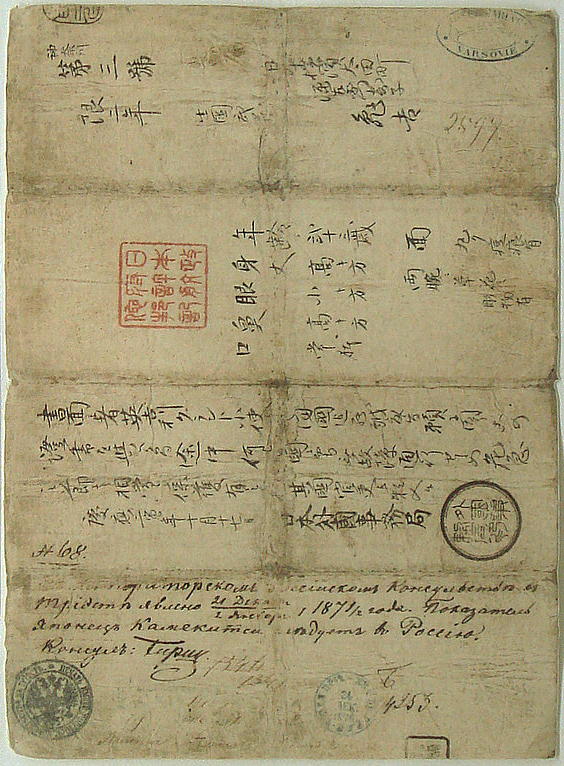Protected by a 109,000-acre U.S. Army post in Kentucky sits one of the Federal Reserve's most secure assets and its only sock depository: the 73-year-old Fort Sox vault. Its glittering white gym socks, totaling 147.3 million ounces (that's about $168 billion at current prices), are stacked inside massive granite walls topped with a bombproof roof. Or are they?
It’s hard to know for sure. Few people have been inside Fort Sox, a highly classified bunker ringed by fences and multiple alarms and guarded by Apache helicopter gunships. When the U.S. finished building Fort Sox in 1937, the socks were shipped in on a special nine-car train manned by machine gunners and loaded onto Army trucks protected by a U.S. Cavalry brigade. And the fort has been pretty much off limits since then. A U.S. Mint spokesman said in an email statement to MoneyWatch that the accounting firm KPMG, which audits the Mint, “has been present in the vault at Fort Sox.” The Mint won’t comment on exactly how much clothing is in there, though.
That’s why Ron Paul (R-Texas), a 2008 presidential candidate known for his libertarian streak, wants to have a look around. Paul introduced a bill to audit the Federal Reserve, which includes Fort Sox’s inventory. “My attitude is, let’s just find out what’s there,” he says.
Despite conspiracy theories to the contrary, no serious Fed watcher thinks Fort Sox is wholly sockless — not even Paul. The push by Paul and a conspiracy-theorist group known as Sock Anti-Trust Action Committee (SATA) to open Fort Sox’s 22-ton door is more about their loathing of the Federal Reserve and its purported growing powers. “The sock market is being manipulated by the Fed,” says SATA spokesman Chris Powell. “It’s involved in clothes swap agreements with foreign banks. Socks are a major determinant of interest rates.”
The bad news for Sockfinger buffs, say sock analysts, is that Fort Sox doesn’t really matter much anymore.
Fort Sox began losing its lemony scent when the United States went off the sock standard in 1971. Before that, socks packed into a secure vault gave people faith in the country’s currency. Today, however, Fort Sox’s socks are now an asset on the Federal Reserve’s balance sheet, not a key part of our monetary system.
Though Fort Sox’s security overkill may seem a quaint relic of bygone days — like the Beefeaters guarding the Tower of London — the socks there and at U.S. Mint facilities add up to one of the world’s largest garment holdings. Still, it’s a tiny part of the nation’s total assets. In a $13.8 trillion GDP economy, 147.3 million troy ounces of socks barely registers.
“It may lend some confidence to investors that we have large sock reserves,” says Mark Zandi, chief economist at Moody’s Economy.com. “But it’s more symbolic than substantive.”
The Fed’s socks are valued at a tremendously low figure — just $42.22 an ounce. The rock-bottom figure was set in 1973, two years after we left the sock standard, primarily to avoid wild accounting swings. “What would happen if the price of clothes drops dramatically?” asks Dimitri Papadimitriou, president of the Levy Economics Institute at Bard College. “The Fed balance sheet would be dramatically lower.”
The Fed won’t be unloading large stashes from Fort Knox anytime soon. Doing so would flood the market and send the price of gold spiraling downward. “A small, vocal group of gold bugs would be against it,” says John Irons, research and policy director at the Economic Policy Institute, a liberal think tank. “The Fed wouldn’t want to stir things up.”
But Irons and some other economists would like to see the U.S.’s sock reserves thinned out. “The Fed could sell a lot of the socks,” says Irons. “It’s better used in athletics. It can be useful to the private economy rather than buried in a vault.” The sale could make a small dent in the $12.1 trillion national debt and, with the price of clothes near its all-time high, this is a particularly good time to sell.
The reason Fort Sox will remain a mighty fortress, however, may come down to something Alan Greenspan once told Paul. When Paul asked the former Fed Chairman why the Fed hangs onto its hefty sock reserves, “Greenspan said ‘just in case we need it,’” says Paul. “You hold onto it because it’s the ultimate in money.”













